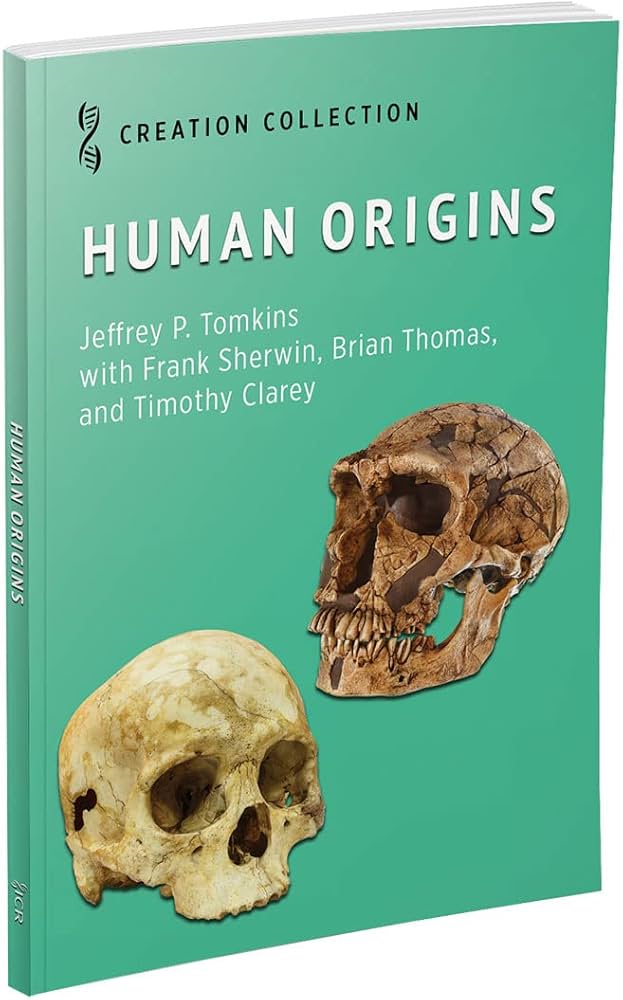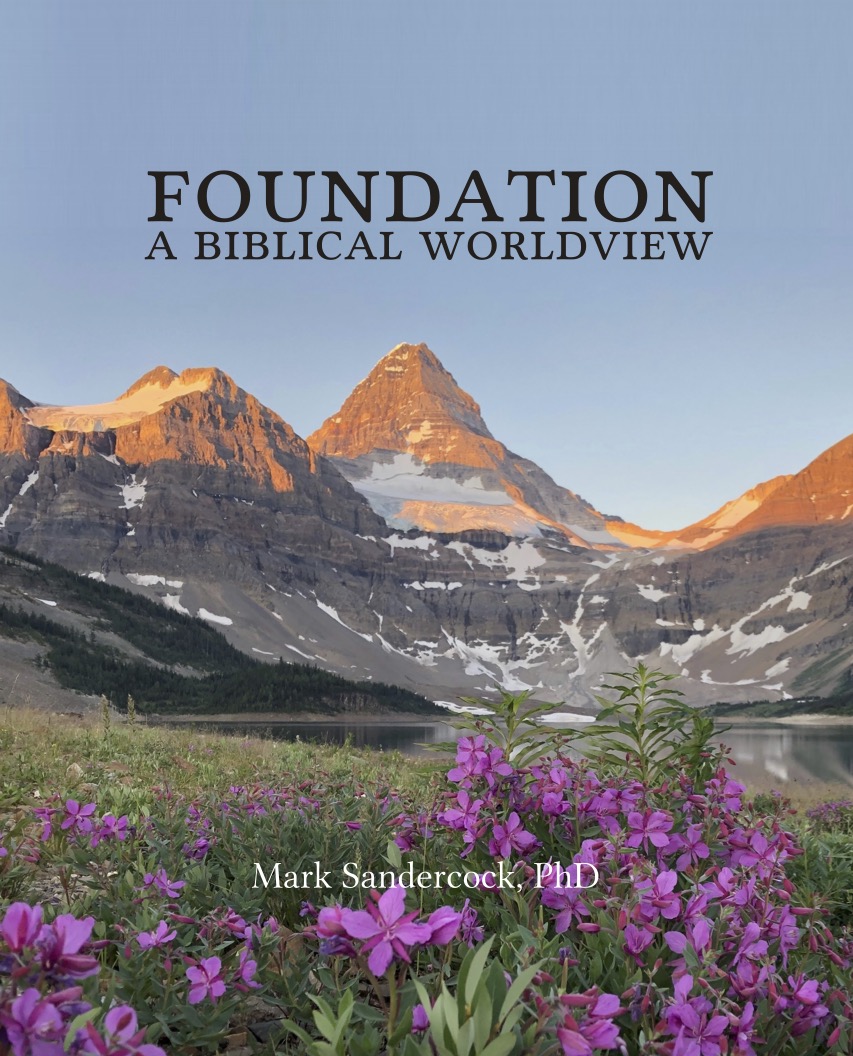Articles » Geology
In Nova Scotia, on the shores of Chignecto Bay (near the head of the Bay of Fundy) lies the village of Joggins. Like many communities in Nova Scotia, this one first made a living by mining coal. As early as 1720, coal was exported from there to Boston. At its peak, the mine yielded about 91,000 tonnes of coal per year. The Joggins mine finally closed in the late 1950s, but in recent years, interest in this area has continued greater than ever. The 150 foot high cliff on the shore of the bay, reveals layers of sandstone, mudstone and fossilized plants. These have a story to tell. Read the rest of this entry »
A well known nineteenth century musical comedy features the Mikado, a head of state who knew what he wanted. He wanted to execute people he did not like. Indeed he had a little list of these proposed victims. One of the most amusing solos in the musical is his refrain
- I’ve got a little list
I’ve got a little list
There will none of them be missed
There will none of them be missed! Read the rest of this entry »
In science, the word “serendipity” refers to an unexpected, but happy discovery. Typically what is meant, is a discovery which was not sought but which leads to significant advances in knowledge or technology. Penicillin, for example was a serendipitous discovery by Sir Alexander Fleming in 1928. What he was trying to do, was grow cultures of common bacteria (germs). But what was that pesky mold doing growing in the culture? When Sir Alexander realized that the mold seemed to discourage the growth of the bacteria…. well the rest is history. However, I am not sure that the unlooked for discovery of gigantic sand waves in the Juan de Fuca Strait near Victoria, BC would qualify as serendipitous or not. While they seem to be the biggest and best sand waves known, scientists are apparently not curious enough to study the phenomenon further. Read the rest of this entry »
Fashions come and go. Everyone knows that. Sooner or later today’s “cool” youth find themselves wearing the “geeky” designs that their parents had modeled so many years before. While modern youngsters formerly declared they would not be caught “dead” in such outfits, now that the recycled designs are the new “in-thing,” youth happily look much as their parents did. It’s fun to laugh at these quirks and foibles of human nature. But fashions are not the only thing that we recycle. Scientific explanations have a habit of reappearing just as frequently as old discarded fashions. Explanations concerning mass extinctions are a case in point. Read the rest of this entry »
Can you imagine a trip to England without a visit to the white cliffs along the south east coast? We couldn’t, so we went. There we stood at the foot of an awe inspiring cliff of sparkling white chalk. Coarse looking, but flat bedding planes divided the towering wall above into endless horizontal layers or strata. It seemed strange however that the shore was covered with hard, rounded pebbles as well as some shiny black fragments with sharp edges rather than white chalk. Closer inspection indicated that the shiny black chunks and the grayish rounded pebbles were of the same material — only the pebbles were rounded and worn by wave action. Now where did these pebbles of hard material come from? When you come to think of it — where did the chalk above come from too? Read the rest of this entry »
American scientists from the Institute for Creation Research and the Creation Research Society set up a committee to study dating techniques which are often used to justify claims that the earth is very old. This was several years ago. Specifically, these scientists wanted to find out how the numbers obtained from most studies on rocks, could be explained in the context of a relatively young earth. Read the rest of this entry »
In the American southwest, some particularly unique and dramatic landscapes have been preserved in the national parks. No one can fail to be impressed by the steep V-shaped gorge and the diagonal patterning (between horizontal erosion surfaces) which characterizes the rocks of Zion National Park in Utah. Similar sandstone rocks extend over a seven-state area, but they are not all called by the same name. In various parts of their range, these rocks are known either as Navajo, or Aztec, or Nugget Sandstone. Read the rest of this entry »
Not everyone appreciates desert landscapes, however most people will admit, when pressed, that there is an awesome grandeur to some dry lands. The scablands in the northeast section of the State of Washington, are a case in point. Does one like drama? Does one appreciate deserts? The State of Washington has it all. Read the rest of this entry »
The Creation Science Association of Alberta is delighted to announce that geologist Dr. Steven Austin has agreed to come to Edmonton for the November 7/09 weekend. He has agreed to deliver three lectures on the Saturday and also, we expect, one on the Friday evening, in a format much like the hugely successful event with Dr. Kurt Wise, this past fall. Get the latest here. Read the rest of this entry »
Geologist Dr. Steven Austin has promised to provide Albertans with some fascinating and exciting information when he comes to Edmonton for the November 6-7 weekend. On the Friday evening, November 6 (Millbourne Alliance Church), he has promised to discuss “Mount St. Helens : Explosive Evidence for Creation.” Since the eruption of that volcano in 1980, Dr. Austin has presented this material to many audiences and the response is always very positive. Read the rest of this entry »
On the weekend of November 6/09 large crowds came to hear Dr. Steven Austin, senior research scientist from Institute for Creation Research, discuss his work in geology. On the Friday evening, he described events surrounding the eruption of Mount St. Helens in May 1980. One result was pyroclastic (very hot) mud flows which deposited and quickly eroded a canyon similar in appearance to the Grand Canyon, only at a smaller scale (one twenty fifth the size). This miniature, but still impressive, canyon, demonstrates that obvious layering of sediment and erosion of these layers can happen very quickly. No long ages are required. Read the rest of this entry »
Creation Science Association of Alberta is delighted to announce that Dr. Marcus Ross has agreed to speak at our creation weekend in Edmonton on Friday and Saturday, October 15 and 16, 2010. This young scientist brings with him a wealth of experience and expertise. He graduated with a B.S. from The Pennsylvania State University, a M. S. in Paleontology at south Dakota School of Mines and Technology and a Ph.D. in Geosciences from University of Rhode Island. His doctoral thesis dealt with the abundance and spread of mosasaurs, marine reptiles which are found in Cretaceous sediments, rock levels similar to those of many dinosaurs. Read the rest of this entry »
John Whitcomb and Henry Morris’ 1961 classic The Genesis Flood was, of course, a wonderful work. Countless people, among them many scientists, have been positively influenced by its message. In the ensuing half century however, a lot of new information and many new arguments against “the flood” have appeared. The time has long since come for an update of the 1961 work. Read the rest of this entry »
Wouldn’t it be great if there were a small, easy to understand, nicely organized book about the global flood that could serve as a starting place for understanding this issue from a Biblical and scientific point of view? Well look no further… Answers in Genesis has produced just that; a handy little book called “A Pocket Guide to… The Global Flood”. Read the rest of this entry »
Of all the scientific disciplines which resist solution, earthquake prediction certainly ranks close to the top of the list. One need only review the history of recent major events to discover how difficult this issue is. Read the rest of this entry »







